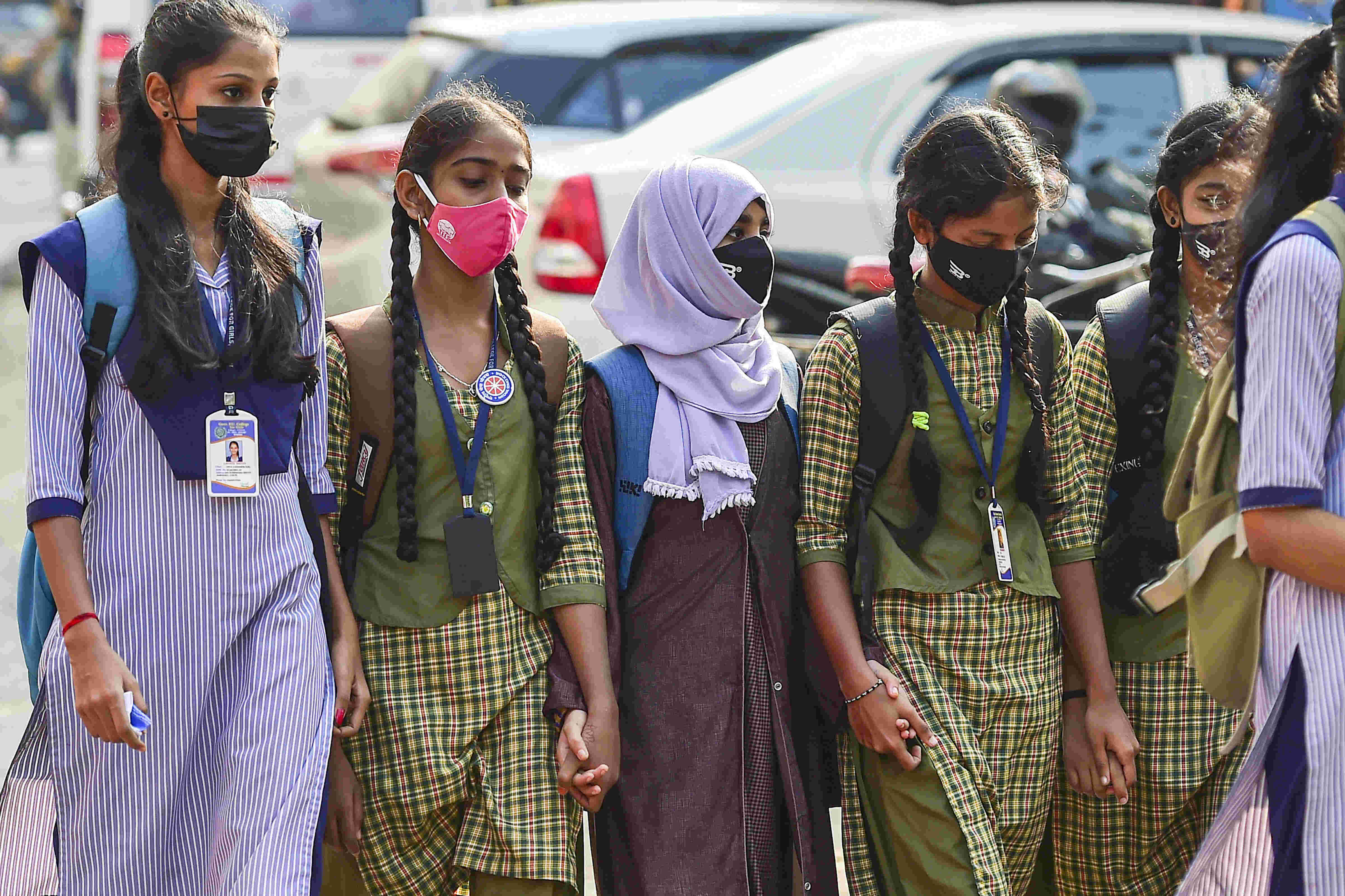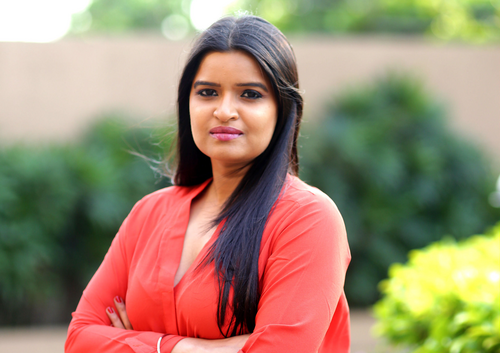Much ado about hijab
The hijab row continues to rage in the country and parallels are being drawn with famous Shah Bano case. But is the similarity really there?

Earlier this week, I received frantic calls from a news channel. The caller informed me that there would be a television debate on the hijab row in the evening but before confirming my participation (mind you, he called me and not the other way around), the channel first wanted to know my stand on the issue. My sensible response citing religious and personal freedoms but need for larger discussion on uniforms, extent of leeway allowed (for example in the case of Sikhs) were obviously too boring. The only way to participate in TV debates nowadays is to spew hate and be controversial. Only nautanki and hammy performances bring in TRPs. I half-suspect that the guest desk coordinator, taken in by my liberal image, must have expected me to shout about with pickets and pitchforks saying 'down with the burqa and hijab'.
Now see, would I personally don them? I did once wear an 'abaya' to visit the Grand Mosque in Abu Dhabi. I felt quite unconscious and strangely free while wearing it. But that was mainly related to the freedom of being whoever you want to be under the clothing, be thin or obese, be unkempt and ungroomed…be free from societal mores. But would I be comfortable on a daily basis? I think not. And neither do my religious beliefs or my personal ones necessitate the wearing of head-to-toe clothing. I'm also open-minded when it comes to freedom of attire and expression. But just because I can lounge on the beach in a bikini doesn't mean I scorn another woman's desire to 'cover up'.
Is a debate required on the need for the burqa/hijab, the religious aspects associated with it, and if they are used to suppress women, all Muslim women? Of course, there is a need for a greater discussion. But while we can only opine from the sidelines, the crux of this conversation has to be led by women who wear the burqa and hijab. It's their fight to fight, whether to retain it or give it up, or maybe both? After all there are now also burqa fashion shows, the world of fashion is finally accepting women with hijabs, and even Pinterest has several boards that explore burqa fashion — which clearly prove that there are many practitioners.
Parallels are also being drawn with the famous Shah Bano case, wherein Shah Bano Begum, a Muslim divorcee, approached the Indian courts over her rightful alimony. When the Supreme Court awarded her the alimony after many years of struggle, the Congress government in power at that time, tried to appease the Muslim masses and passed another law to dilute the verdict. Over the years, however, the verdict of the Shah Bano case was eventually upheld. The Shah Bano case became a rallying point for anti-Shariat and pro-Shariat forces. Slightly forgotten was the scared woman around whom the whole case had unravelled. When we compare the current hijab row to the Shah Bano case, we must remember the most crucial differentiator — Shah Bano, a miffed and wronged Muslim divorcee, had approached the court of law for justice. In the current case, colleges have suddenly decided to ban the entry of students in burqa and hijab. No prior notification but a blanket ban. And the Muslim students haven't protested wearing hijabs, in fact, they are being seen begging for head scarves.
In my school, for example, we had a few Muslim classmates of more orthodox thinking. We'd see them come to school in burqas and head scarves, go into the toilets, and discard them before school commenced. Given that we were a girls' school, this practice seemed to suffice. We didn't question their ritual, they never complained to us or frowned at our above-the-knee short school skirts. There was a quiet acceptance and understanding of each other's practices and more importantly, there was respect. Having said that, if a Muslim woman doesn't want to wear the hijab/burqa, then we must support her too. Again, here too, it's a matter of choice.
Many hardliner Hindu fundamentalists are calling themselves reformists. Bro, the true reformists were Raja Rammohan Roy and Ishwar Chandra Vidyasagar, who started by reforming what was wrong within their own religion such as abolition of Sati, encouraging the education of women, and widow remarriage. And just because we don't have Sati in 2022 and Hindu women don't wear burqas, don't think for a moment that they are not 'repressed'. In reality, the quashing of women's rights and freedoms knows no religion, race, or geographies. From our so-called liberated point of view, we may feel that burqas and hijabs are signs of oppression. So, what are the sindoor and mangalsutras? They are all man-made, male-induced branding on the woman's body that she has now been acquired. But having said that, there are many empowered, independent women who choose to carry the mark of vermilion or Sabyasachi Mukherjee-designed mangalsutras with pride. And who the hell are we to judge them for that? Similarly, if educated, independent, scooty-driving young girls say that they are donning the hijab of their own volition, we have to respect that choice. At the end of the day, it all comes down to 'choice' — as long as a woman is exercising it and giving her consent, why are we waging battles on their behalf? Yes, there is a discussion warranted on the burqa/hijab but, as I mentioned earlier, this needs to happen within the Islamic religion driven by its own stakeholders, not bystanders.
The writer is an author and media entrepreneur. Views expressed are personal



